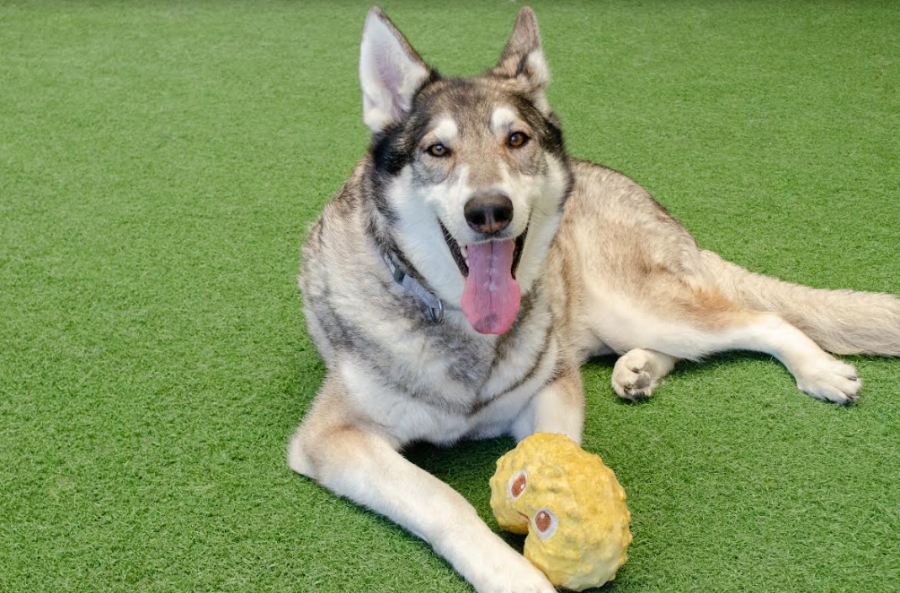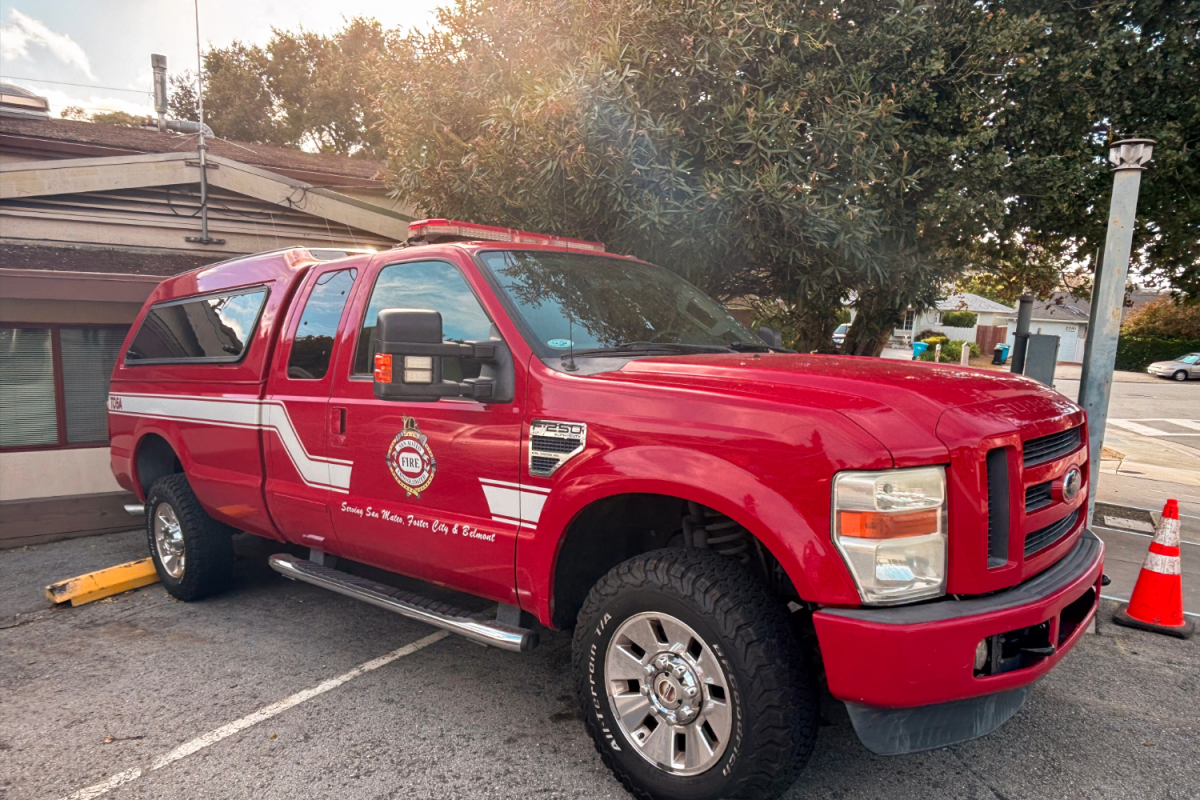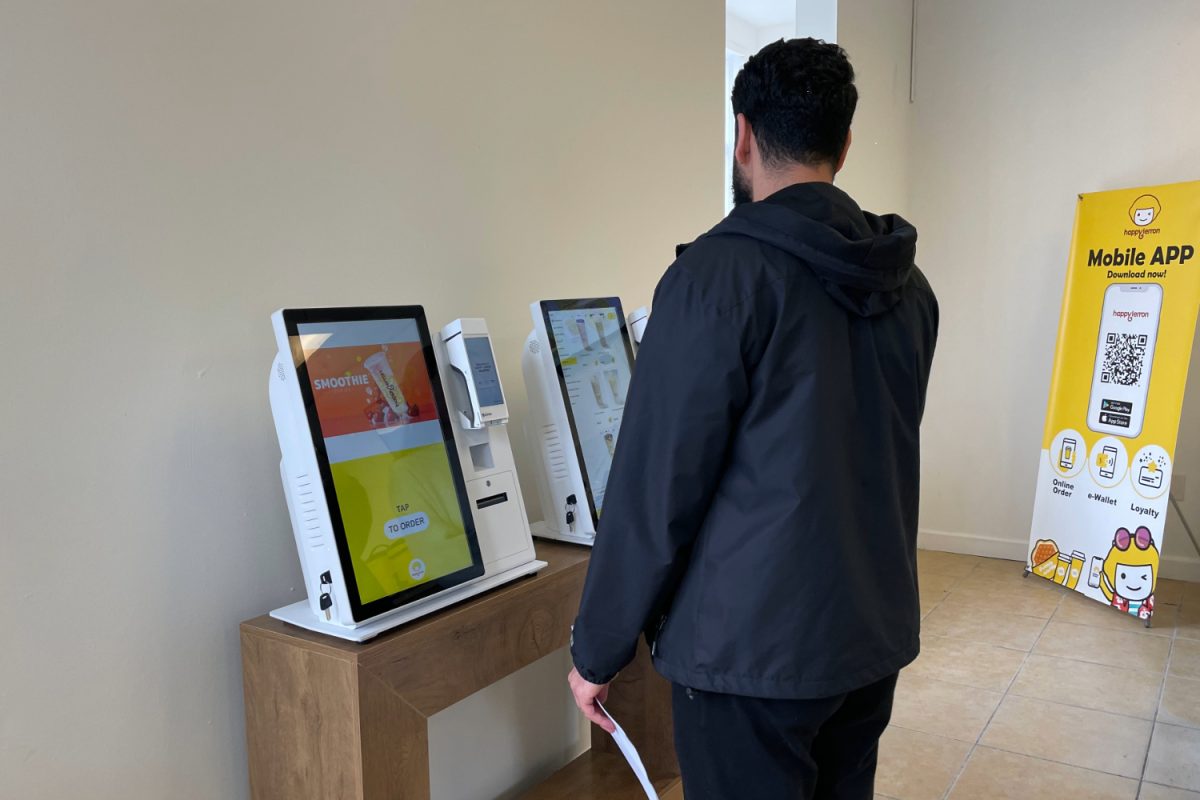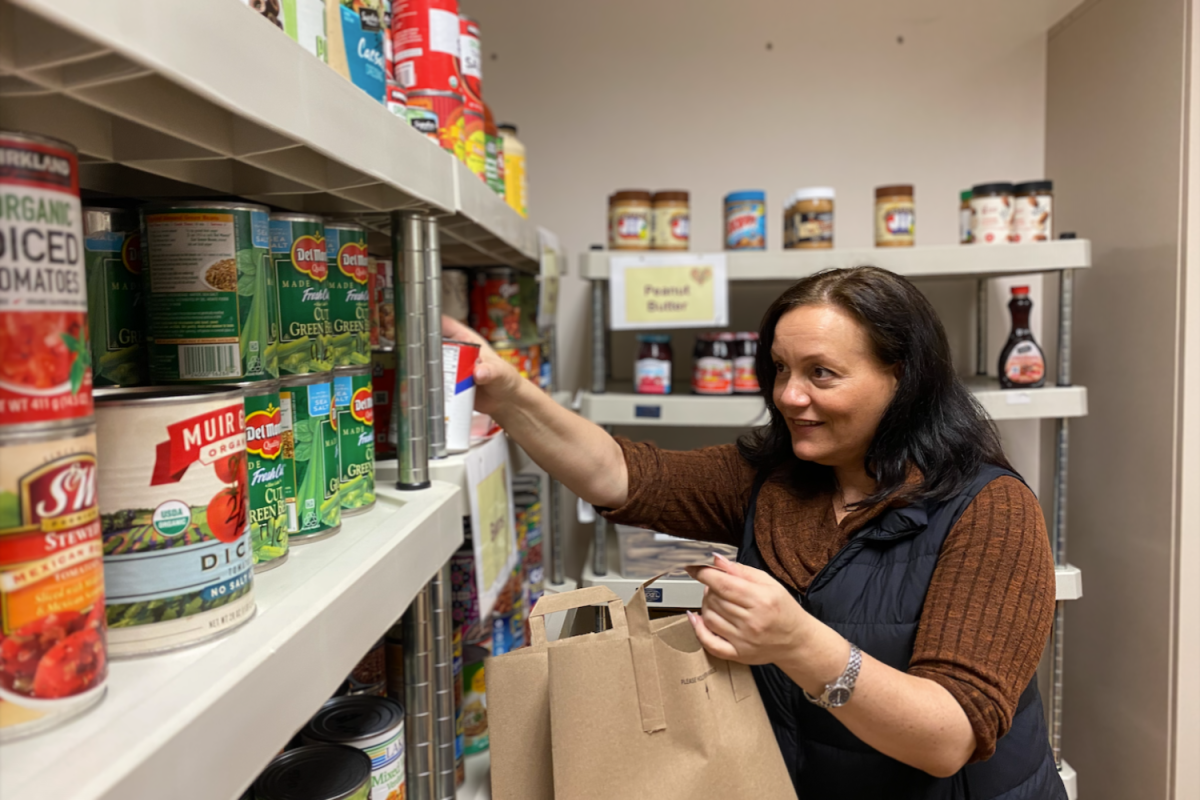Local shelters find animals new homes by guiding prospective owners every step of the way in providing a comforting environment for pets.
Many adoption centers prioritize a connection between the pet and the owner to ensure a healthy dynamic between owner and animal. Some adoption centers like the Peninsula Humane Society & Society for the Prevention of Cruelty to Animals (SPCA) reserve the right to deny adoptions, though that is rare, according to Buffy Martin-Tarbox, the communications manager for Peninsula Humane Society & SPCA.
“As with all of our adoptable animals, not just dogs, our highly trained adoption counselors ask many questions to determine if the potential adopter(s) is the right fit for an animal. If our adoption counselors have any doubts, the adoption is not approved,” Tarbox said.
Many local Bay Area animal shelters specialize in sheltering dogs; however, some shelters like Peninsula Humane Society & SPCA take various stray animals in regardless of species, breed, and age, and offer them the opportunity to be given a healthy life with a loving family.
Even so, all adoption workers, regardless of where they work, urge pet owners to spay and neuter their animals due to increased illness and offspring in stray animals. Many local animal shelters provide affordable spay, neuter, and vaccination clinics.
“Before we brought him home, the Humane Society took care of his neutering surgery and gave him his first round of vaccinations. We only paid around $200, and SPCA included all the shots and surgery,” said rescue dog owner Kris Rudger.
Rachel Bell, another rescue dog owner, agrees that animal shelters provide affordable and helpful resources for caring for a rescued pet.
“The prices for the classes after adoption at the shelter were affordable,” Bell said. “We didn’t end up having to do a ton of training, just kind of those initial puppy classes with him, so the overall cost of that wasn’t too bad.”
However, Bell noticed that the adoption process also came with a period of adjustment.
“The first week or so, it was hard because he was stressed. He was barking and just kind of scared, so it was a little bit of an adjustment process to get him comfortable, but after a couple of weeks, he got used to us and he kind of calmed down,” Bell said.
Overall, the adoption process for animal rescuers comes with ups and downs, but many shelters go to great lengths to minimize the stress on new rescuers and stay true to their human-to-animal connection system. The Humane Society of Silicon Valley provided Bell with many resources, like a packet full of tips and advice for handling a new dog and letting it settle in.
With more people adopting animals from shelters instead of buying animals from breeders, it is essential to remember what the primary mission of animal shelters is, along with how adoption helps everyone.
“Every time an animal is adopted, a space opens up in the shelter or the rescue. So, when you adopt an animal, not only are you saving that animal’s life, but you are also opening up a space for another animal’s life to be saved,” Tarbox said.
All shelter animals have a different story, but many of them are facing the same outcome of being stuck in shelters, waiting to be adopted. By providing the needed materials and support for new owners, shelters help to give these animals a new life.
“I think there’s sometimes a bad reputation for adopted dogs and behavioral issues and things like that, but a lot of that stuff you can definitely work through,” Bell said.























